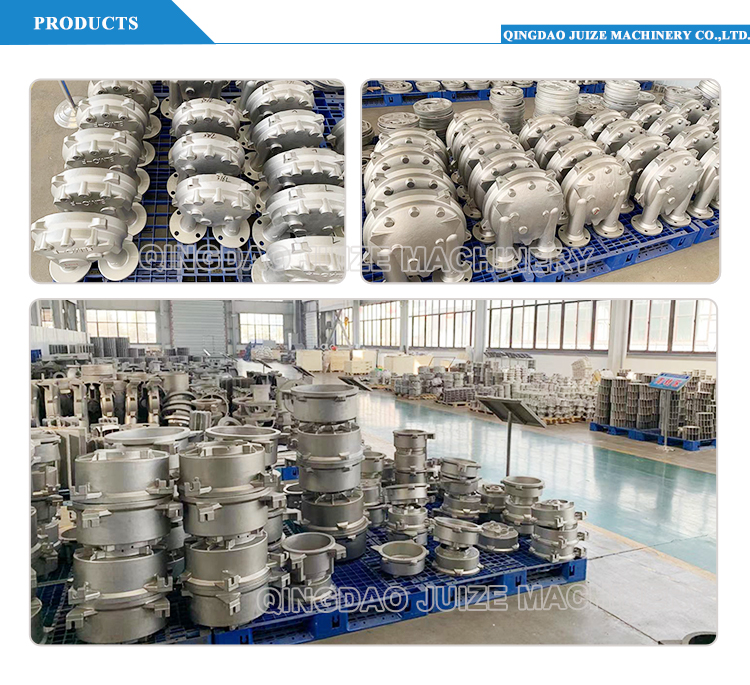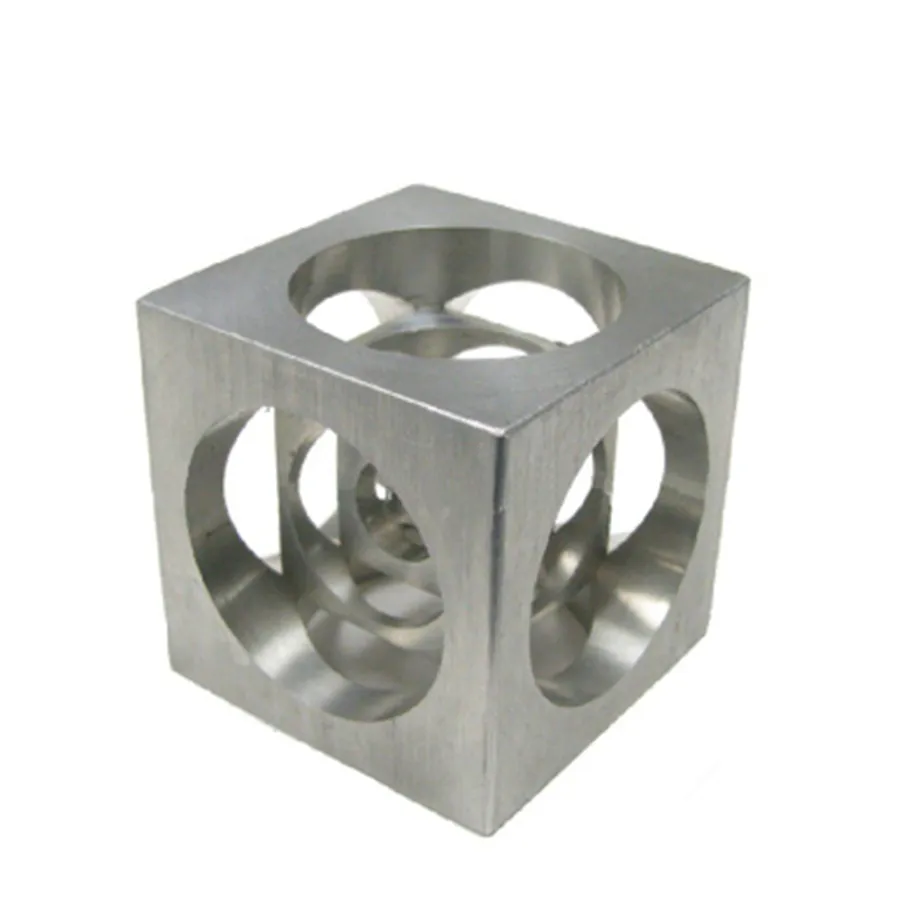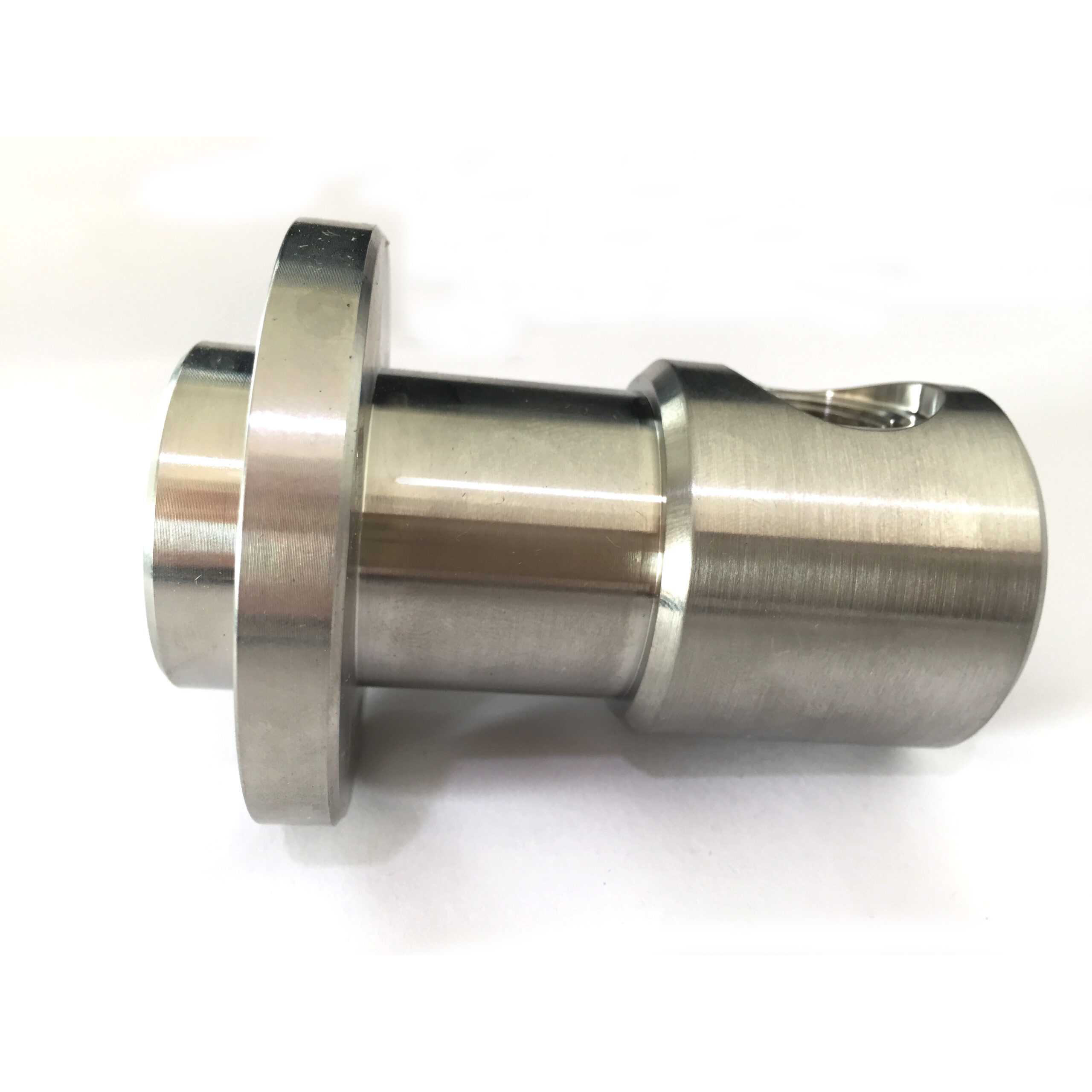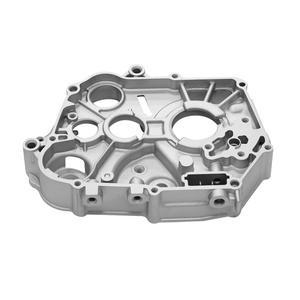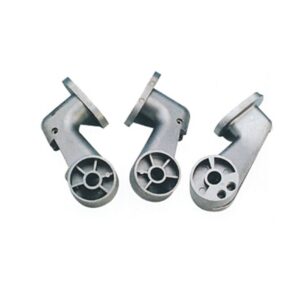
Detecting galvanized metal parts involves identifying the presence of a zinc coating applied to steel or iron for corrosion protection. Here are key methods:
1. Visual Inspection
Appearance:
Hot-dip galvanizing: Look for a characteristic spangled pattern (crystalline sheen) and a bright, silvery-gray finish.
Electrogalvanizing: Expect a smoother, uniform gray matte finish.
Weathered Surfaces: Older galvanized metal develops a dull gray patina as zinc corrodes sacrificially.
Edges/Corners: Thicker zinc buildup at edges/corners is typical for hot-dip processes.
2. Chemical Spot Testing
Copper Sulfate Test:
Process: Apply a drop of 5–10% copper sulfate solution to a clean area.
Result: A reddish-brown copper deposit forms if zinc is present (due to displacement: Zn + Cu²⁺ → Cu + Zn²⁺). No reaction occurs on bare steel.
Caution: Destructive; leaves a stain. Use PPE and ventilate properly.
Hydrochloric Acid (HCl) Test:
Process: Apply dilute HCl (10–20%) to a small area.
Result: Vigorous bubbling (hydrogen gas) indicates zinc. Bare steel reacts slowly.
3. Non-Destructive Techniques
X-Ray Fluorescence (XRF):
Handheld XRF analyzers detect zinc coating thickness/composition in seconds. Ideal for quality control.
Eddy Current Testing:
Measures coating thickness using electromagnetic induction. Requires calibration.
Magnetic Thickness Gauges:
Uses magnetic attraction to estimate zinc coating thickness on ferrous substrates.
4. Physical/Mechanical Methods
Scratch Test:
Lightly scratch the surface with a knife. Galvanized coatings reveal silvery zinc beneath; paint/chromate coatings flake differently.
Grinding/Sanding:
Abrade a small area. Zinc produces white dust/smoke due to oxidation.
5. Laboratory Analysis
Scanning Electron Microscopy (SEM) with EDS:
Cross-sectional imaging and elemental analysis to confirm zinc layer.
Weight Difference Test:
Dissolve zinc coating in an inhibited acid (e.g., Sb₂O₃ in HCl), then measure weight loss to calculate coating mass.
Key Considerations:
False Positives: Other coatings (e.g., zinc-rich paint, zinc plating) may mimic galvanization. Combine tests for accuracy.
Safety: Use gloves/goggles for chemical tests; avoid inhalation of zinc fumes during grinding.
Coating Type: Distinguish between hot-dip galvanizing, electrogalvanizing, and zinc-rich paints through texture/thickness analysis.
Practical Workflow:
Start with visual inspection for spangles/color.
Use a handheld XRF for quick, non-destructive verification.
Confirm with a copper sulfate spot test if equipment is unavailable.

